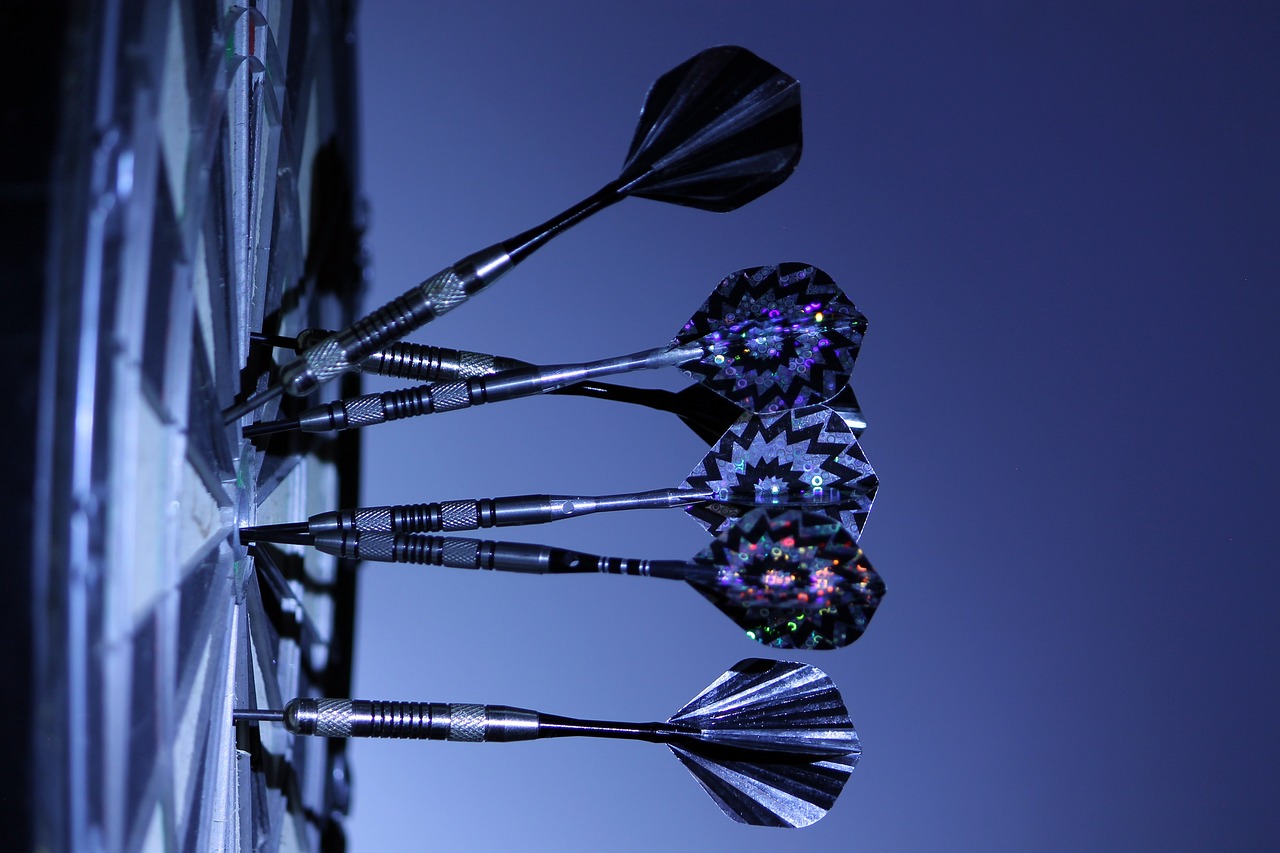Crosshair Setups
Precision Crosshair
Simple design that works well for precise tap-firing and headshots.
Best for: Rifle players focused on accuracy
cl_crosshairgap "-1";
cl_crosshairthickness "0.5";
cl_crosshaircolor "4";
Visibility Crosshair
High contrast design that's easy to track in fast-paced situations.
Best for: Entry fraggers and aggressive players
cl_crosshairgap "0";
cl_crosshairthickness "1";
cl_crosshaircolor "5";
Dot-Free Crosshair
Clean design with a gap in the middle for perfect headshot alignment.
Best for: Players who prefer minimal visual obstruction
cl_crosshairgap "2";
cl_crosshairthickness "0.5";
cl_crosshairdot "0";
Classic White Crosshair
Traditional crosshair design with high contrast against most backgrounds.
Best for: All-around gameplay and versatility
cl_crosshairgap "0";
cl_crosshairthickness "0.5";
cl_crosshairdot "1";
Sensitivity Settings
Finding Your Perfect Sensitivity
Sensitivity is one of the most personal aspects of your setup. While there's no "perfect" sensitivity that works for everyone, there are methodical approaches to finding what works best for you.
The Starting Point Method
Start with these baseline recommendations for different playstyles, then adjust gradually based on your comfort:
- Entry Fraggers: Medium-high sensitivity (eDPI 800-1200) for quick reactions and flicks
- Support Players: Medium sensitivity (eDPI 600-900) for balanced control
- Precision Riflers: Lower sensitivity (eDPI 400-700) for consistent, controlled aim
- AWPers/Snipers: Lower sensitivity (eDPI 400-600) for stable holding and micro-adjustments
The Calibration Method
Follow this step-by-step process to find your personalized sensitivity:
- Start with a medium sensitivity setting (eDPI around 800)
- Try tracking moving targets and notice if you're overshooting or undershooting
- Adjust your sensitivity by small increments (5-10%) based on your observations
- Test your ability to do a 180° turn with a single swipe of your available mousepad space
- Fine-tune until you find a balance between precision and speed
Important Considerations
Keep these factors in mind while finding your sensitivity:
- Mousepad Size: Larger mousepads accommodate lower sensitivities
- Mouse Weight: Lighter mice may work better with lower sensitivities
- Arm vs. Wrist Aiming: Arm aimers typically prefer lower sensitivities
- Consistency is Key: Once you find a comfortable setting, stick with it to build muscle memory
"The best sensitivity is the one that feels natural to you. Don't copy pro settings blindly—find what works for your unique playstyle and physical setup."
Playstyle Setups

Aggressive Entry Setup
Optimized for fast reactions, flicks, and taking initiative in engagements.
- Sensitivity: Medium-high (eDPI 900-1200)
- Crosshair: High visibility with dot
- Video Settings: Lower shadows, higher contrast
- Audio: Higher volume for footstep clarity

Passive Support Setup
Focused on precision, consistency, and methodical play.
- Sensitivity: Medium-low (eDPI 400-700)
- Crosshair: Precision style with gap
- Video Settings: Balanced for visibility
- Audio: Balanced mix for situational awareness

Versatile Hybrid Setup
Balanced for adaptability across multiple roles and situations.
- Sensitivity: Medium (eDPI 700-900)
- Crosshair: Classic style with medium gap
- Video Settings: Optimized for clarity
- Audio: Enhanced directional audio